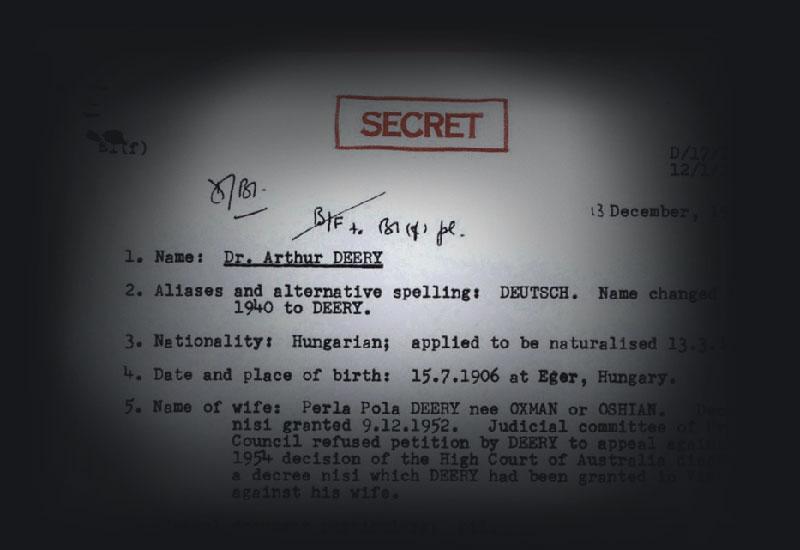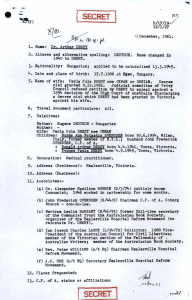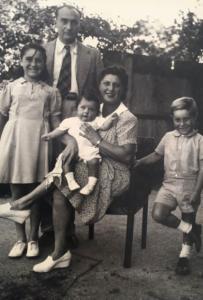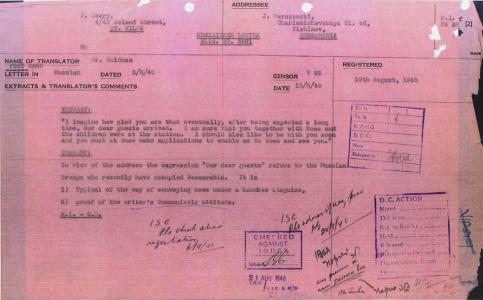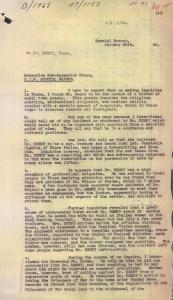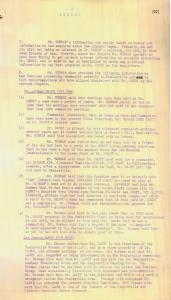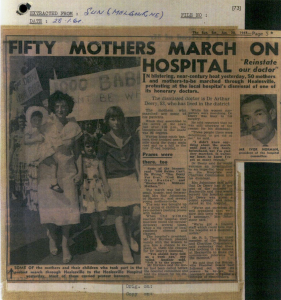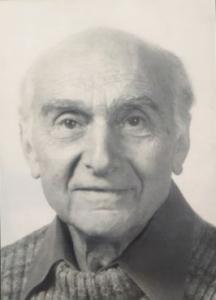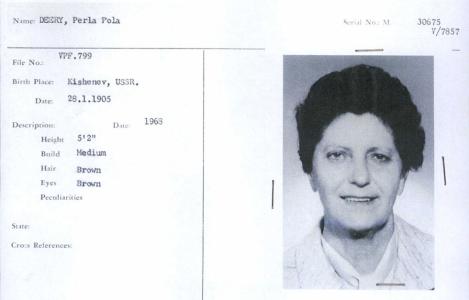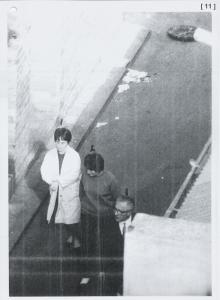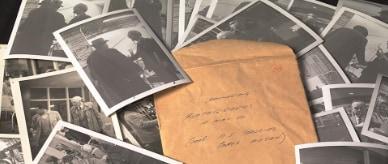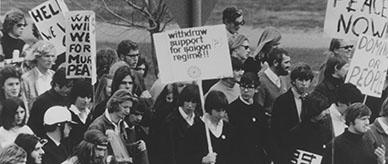ASIO records reveal how Arthur Deery, a migrant doctor in regional Victoria was a person of interest to Australia's security services over four decades.
An intercepted letter and a wireless set
Arthur was born Arthur Deutsch in Hungary in 1906. He later lived in Italy until he was expelled in 1938 for being Jewish. With his wife Perla, Arthur found temporary safe haven in Cuba before migrating to Australia in 1940. Arthur then changed his name from the Germanic-sounding Deutsch to Deery.
It was an intercepted letter of Arthur's which first attracted the attention of the security services. Written in Russian, this appeared to support the Soviet annexation of Perla's homeland, Bessarabia (now Moldova). The letter was regarded as proof of Arthur's 'Communistic attitude'. Another letter revealed Arthur had a wireless radio and was listening to overseas broadcasts. Concerns were also raised about his name change.
A secret dossier on Dr Deery began to be compiled.
A country practice
Meanwhile in 1941, Arthur and his family moved to Toora, South Gippsland. He took on the practice of the local doctor who had enlisted in the army. Arthur's medical duties included working in the Toora Bush Nursing Hospital.
'A hot bed of small-town gossip'
Some Toora locals though, were suspicious of Arthur simply because he was a foreigner. Others thought he was a spy because of the radio receiver in his surgery. Arthur's contacts with Italians also raised concerns. He was reported to the Army for having political conversations with Italian prisoners of war and lending them books. A Catholic priest also alleged Arthur held 'extreme socialistic views'. The Army was concerned enough to recommend sending Italian POWs to another hospital.
Victoria Police Special Branch also made inquiries in Toora. However, it turned up nothing which could be 'regarded with suspicion from a security point of view'. Instead, it found that Arthur was at 'the centre of a hot bed of small-town gossip'. This stemmed largely from professional disputes at the hospital, personal differences and local suspicion of foreigners in general. No security objections were raised when Arthur later applied for naturalisation in 1945.
An alleged communist cell in Healesville
In the late 1940s, Arthur moved to Healesville, north-east of Melbourne. Again, he became the centre of local rumours and hearsay, which were reported to ASIO. Some claimed Arthur was part of a 'communist cell' trying to stir up trouble amongst local timber workers. When the local police investigated, they found Arthur had discussed 'communist matters' with his patients but concluded he had 'not yet shown any sign of causing trouble'. Later rumours had it that visitors to Arthur's home stumbled upon communist literature and even the musical score for the Soviet national anthem. A doctor who once worked with Arthur claimed he was 'red' not 'pink'. Arthur's friends and associates, including local Healesville solicitor Ian Lasry, were also suspected of being members of the Communist Party of Australia (CPA) or 'fellow travellers'. In 1958, Arthur's daughter Nora married a suspected CPA member.
Cause celebre
In early 1961, Arthur was controversially removed from the list of honorary staff at the Healesville Bush Nursing Hospital. This related to internal disputes within the hospital. The matter split the Healesville community. There were protest marches in favour of Arthur's reinstatement, which gained widespread media coverage.
Again, rumours of Arthur's communist sympathies were reported to ASIO, and also by his opponents at the hospital. ASIO was concerned that the protests were being stirred up and / or infiltrated by communists. ASIO assessed Arthur as being a communist sympathiser. However, it concluded 'there is insufficient evidence to state that Dr Deery is or has been a member of the C.P.A.'.
A substantial dossier
Arthur continued to appear periodically on ASIO's radar for the next 20 years. His former wife Perla and daughter Nora also remained 'persons of interest'.
Arthur's ASIO dossier ended up containing forty years of intercepts, reports, assessments and rumours. Yet there is one thing it doesn't shed light on: any sense of the toll all the suspicions, allegations and surveillance might have had on Arthur personally.
The assistance of Dr Arthur Deery's grand-daughter Ingrid Svendsen OAM and Dr Fallon Mody are gratefully acknowledged.
Spy: Espionage in Australia is on display at the Victorian Archives Centre, 99 Shiel Street North Melbourne from 20 March to 7 July 2023.

